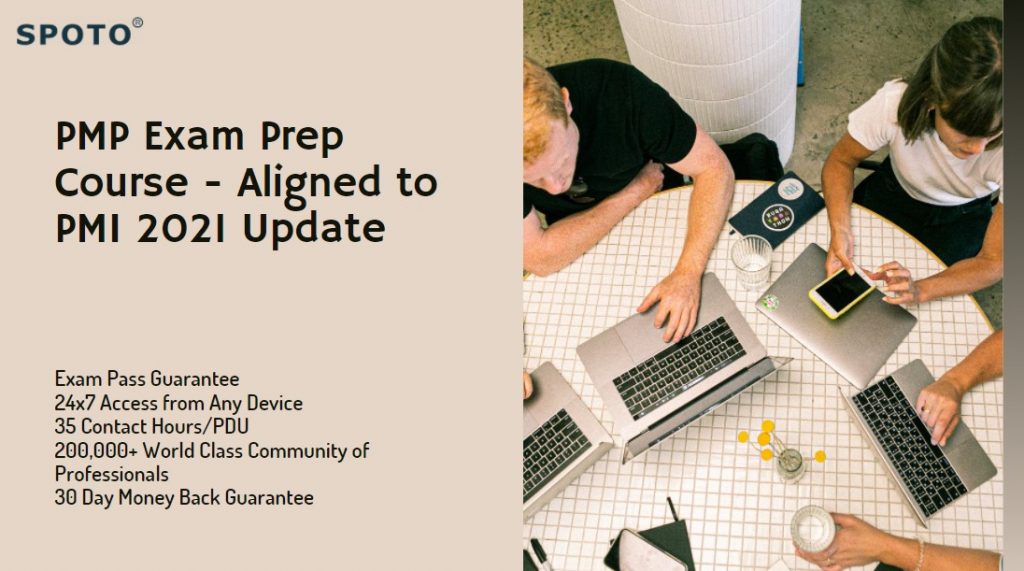Project cycle management (PCM) is a method that has been developed over many years that focuses on organizing and planning projects using foundational principles and defined phases. This process encompasses the project’s conception, planning, and execution.
The cycle has numerous advantages. You can anticipate –
Goals that are clear and measurable
Risks that are well-calculated
Resource management that is effective
Better efficiency, resulting in time and cost savings. Increased likelihood of meeting expectations.
The greater the efficiency with which projects are completed and delivered on time
This article will teach you everything you need to know about PCM and why it can benefit your projects.
What is the Process of Project Cycle Management?
PCM improves the project life cycle by emphasizing a well-organized system with proven results. It is divided into phases to ensure clarity, objective goals and expectations, and universal practice. Each phase functions similarly to a chapter of a book, with each phase being started and completed before moving on to the next. This ensures higher quality outcomes and meeting agreed-upon project deadlines.
When a phase is finished, a new one begins. As a project manager or professional leads his or her team through each phase, they can advance their starting point until the entire project is completed.
Project cycle management employs fundamental project management principles. It prioritizes project structure, a defined phase, clear goals, transparency, risk identification, and a variety of other components.
The significant benefit of using PCM for the project life cycle is a cost-effective, organized process that produces high-quality results on time.
Why is Project Cycle Management Important?
Many professionals have felt the overwhelming sense of responsibility that comes with a large project. It can appear impossible at times, especially when similar projects have faced significant historical challenges. Many factors can throw a wrench in the works when dealing with a team, a strict timeline, multiple partners, and multiple economic risks.
Project cycle management is a tried-and-true method for reducing risk and developing a more effective solution. Professionals can confidently manage projects with PCM throughout the entire project cycle.
We use project cycle management for three main reasons.
Simplicity
Enhanced productivity
Transparency
“Simplify, simplify, simplify,” says the author. Thoreau, Henry David
The project cycle management process makes the project easier to manage. Simplicity is critical in a complex situation with many components working at the same time. When leaders can simplify the process, it produces better results, which leads to long-term success. PCM employs phases to break up the process.

Increased Productivity
“We can’t manage anything else until we can manage time.” – Drucker, Peter
Effective productivity is everything when it comes to cutting costs, saving time, and improving quality. When the PCM phases simplify the process, teams can successfully complete the project. Employee morale and proficiency improve when a project progresses from “overwhelming” to “we can do this.” A more productive project fosters a more productive and successful environment.
Transparency
“Transparency is essential for the successful operation of any group,” says Vijay Krishna.
It can be difficult to communicate while managing a project. The PCM defines each phase and where teams are in the process using clear methods. This enables project leaders to communicate with stakeholders, partners, and other interested parties. A project that is transparent and effectively communicated makes everyone happy and contributes to the development of expectations and goals.
The Project Cycle Management Phases
The five phases of project cycle management are at the heart of the process. Each phase ensures successful stages that add up to successful project execution. This method is an organized and clean way of meeting deadlines and anticipating challenges along the way.
The phases of a project cycle are as follows:
Initiation
Design and planning
Execution
Controlling and monitoring
Closure
Initiation
Every project, like a seed growing into a plant, begins with a simple idea. The initiation phase nurtures that idea and develops the project’s big picture, scope, and objective. Before the project begins, managers will review the key project controls required, identify areas for improvement, and develop an estimate of how long it will take to complete the project.
Design and Planning
Planning is essential for any successful project. It’s where ultimate outcomes, readiness for challenges, and a slew of other critical factors emerge. A good plan makes a big difference, and PCM focuses on developing a solid game plan that is risk-averse.
Execution
Execution is the most time-consuming stage of the project life cycle, and it is where the majority of the hard work is completed. This is the plan’s literal execution, in which a team will work on the project to deliver a high-quality product. Each step of the process was clearly defined in the previous phase.
Controlling and monitoring
There is a best-case scenario and a worst-case scenario, and a good plan ensures that managers can anticipate both. The monitoring and controlling phase is a walkthrough process that tracks progress to ensure that problems are resolved quickly and that the timeline is still on track to meet its goal. This phase is all about finding the right balance because having too much control can take up too much time while having too little control can increase risk.
Closure
If a project is not properly closed, it can continue to consume resources and cause unexpected problems. A manager will lead the formal steps with his or her client to end and deliver the final project in a closure. This is an important step for gathering feedback and determining the quality of the output.
Take Your Career to the Next Level
Project cycle management has proven to be an effective and growing method for achieving successful outcomes for projects all over the world and across hundreds of industries. When a professional decides to learn the process thoroughly, they position themselves for a successful outcome and a better position for leadership roles.
SPOTO Learning is a leading provider of digital economic training. Thousands of professionals like you rely on us to drive innovation and advance their careers. You can now enroll in the PMP Certification Training Course, which will prepare you for your PMP certification exam. When you employ effective techniques such as PCM, you can propel your career to new heights.





